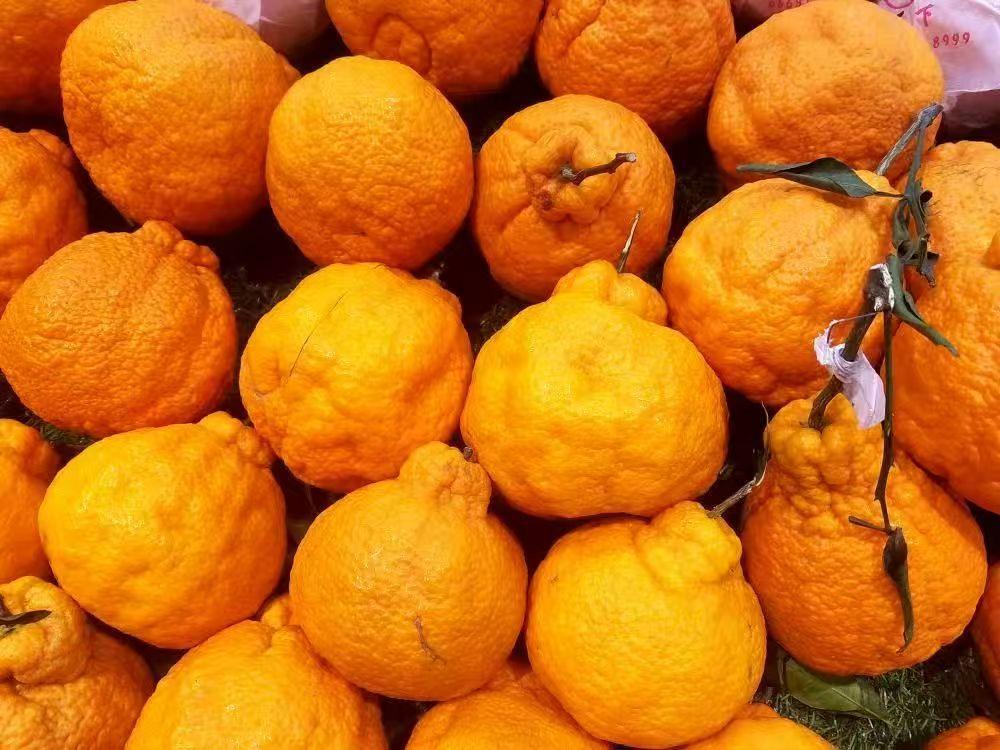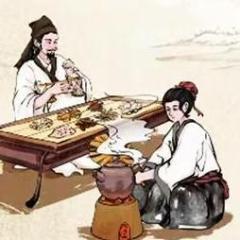
It seems the information I previously found on the giant tangerines mentioned upthread was incorrect. Rather than having been developed in Israel, it appears they were first bred in 1972 in Japan as a hybrid of Kiyomi and ponhan citruses. In Japanese, they are デコポン (dekopan).
They are sometimes referred to as sumo mandarin or sumo citrus in English. An alternative name in Chinese, is 凸顶柑 (tū dǐng gān), literally 'protruding top tangerine'. They have been introduced into Australia and in limited numbers in the USA.



